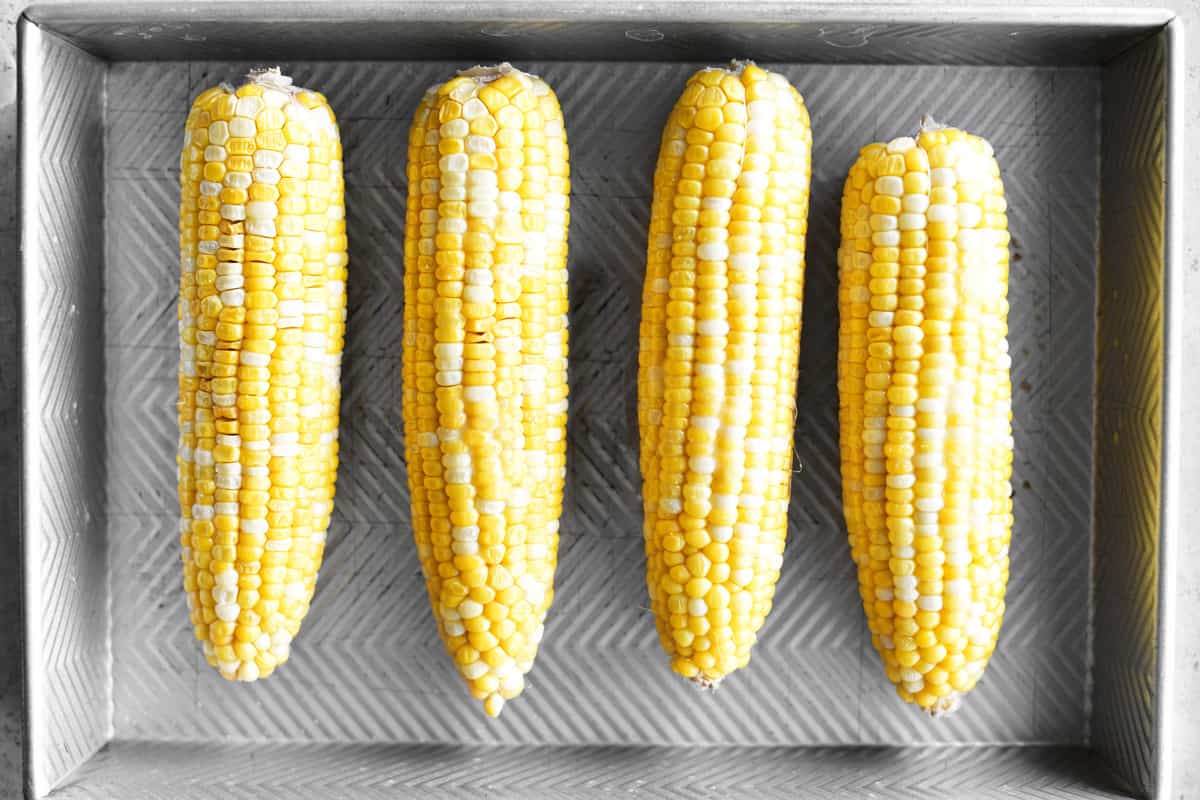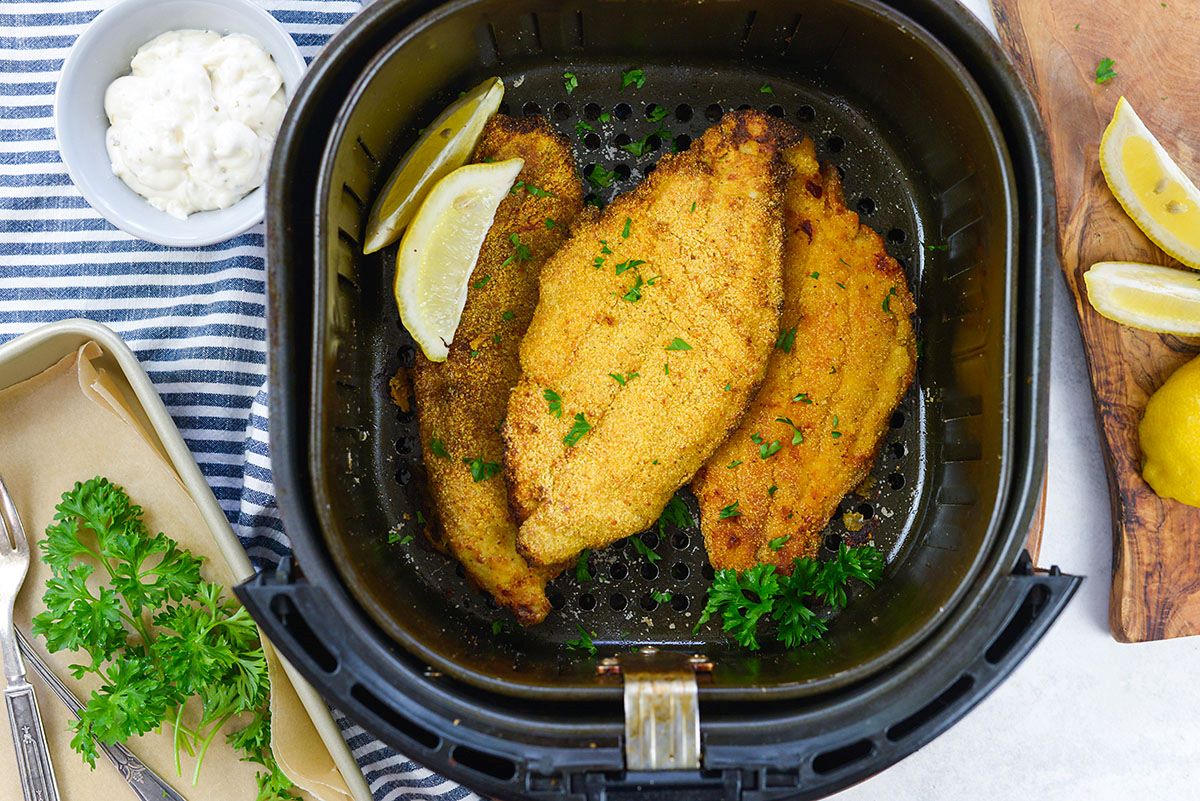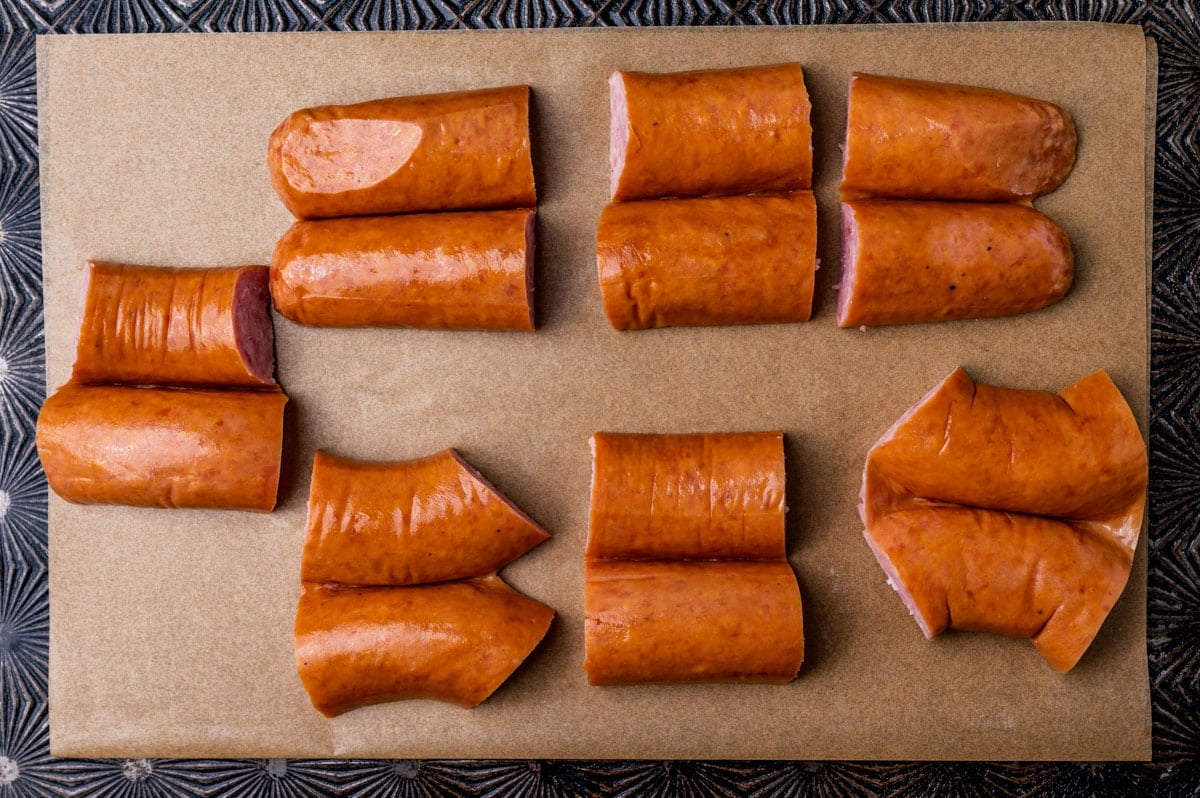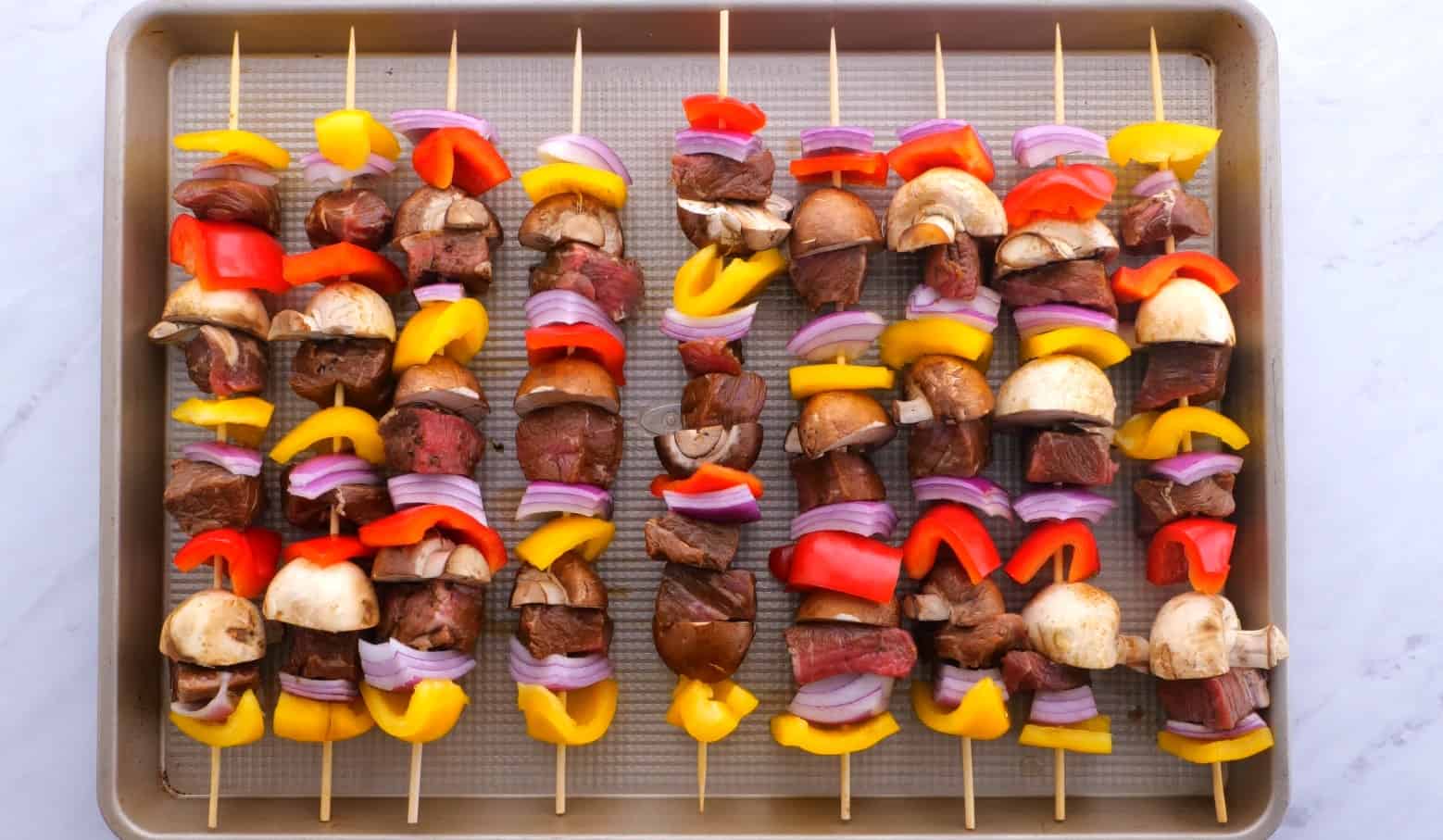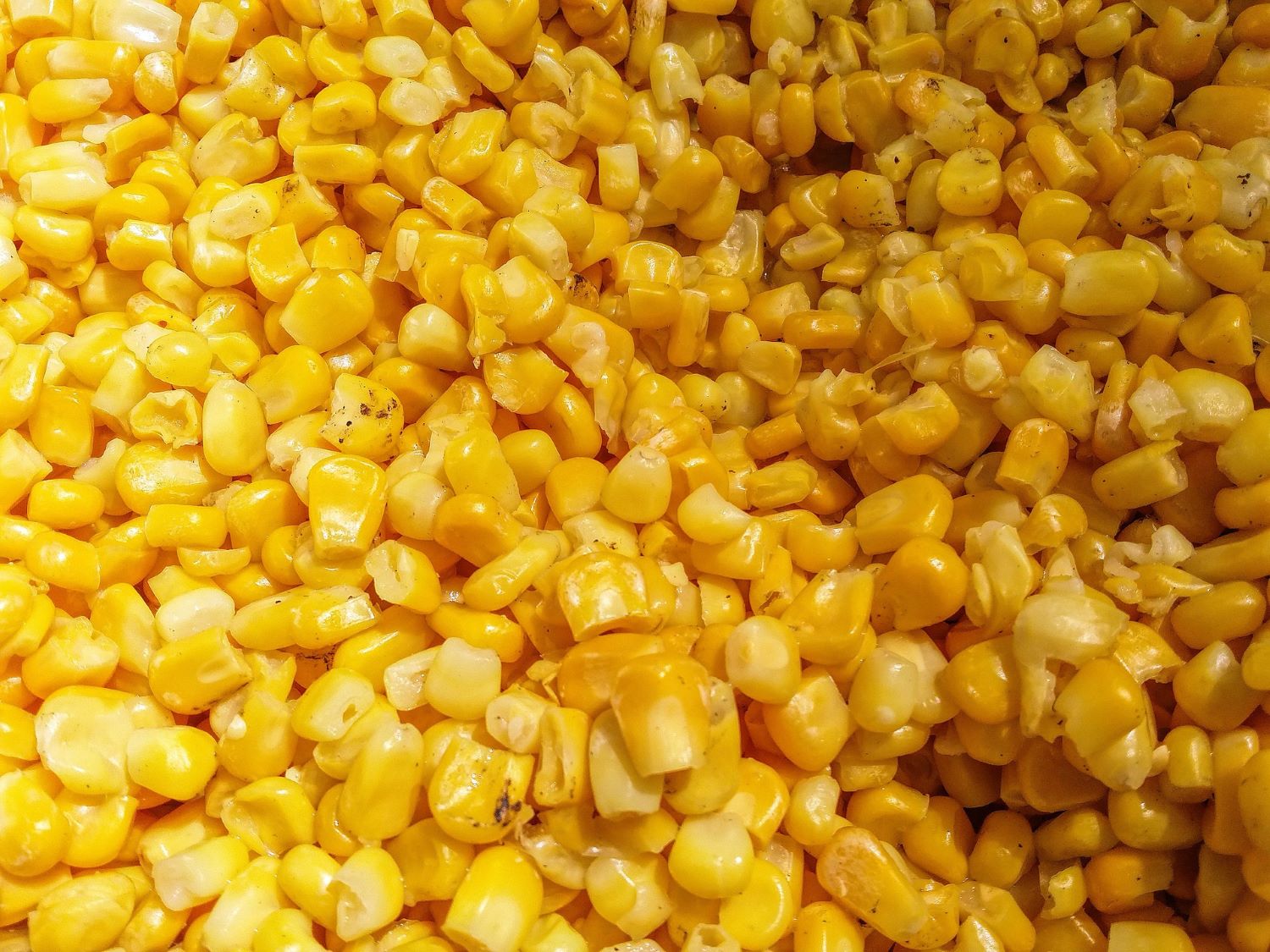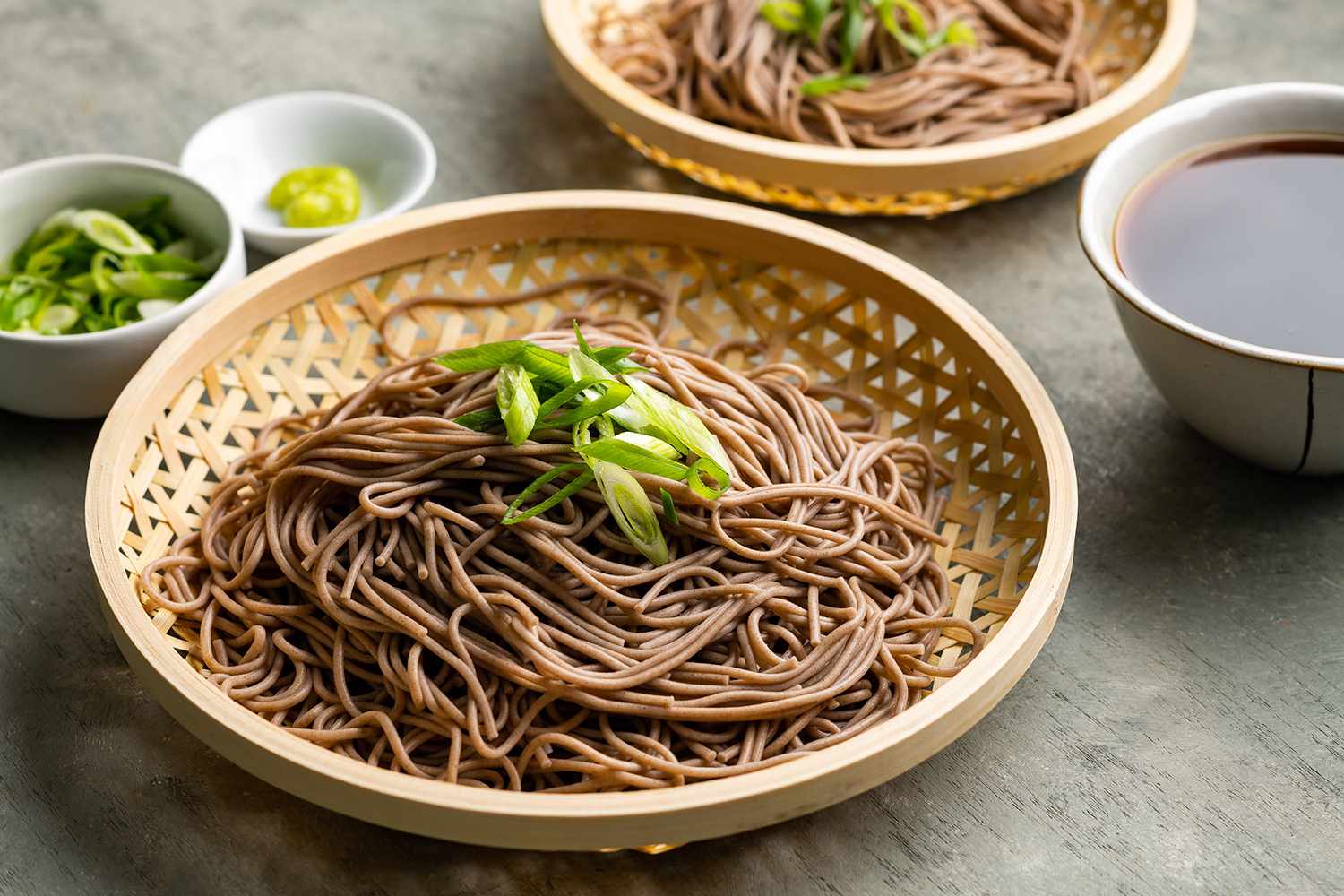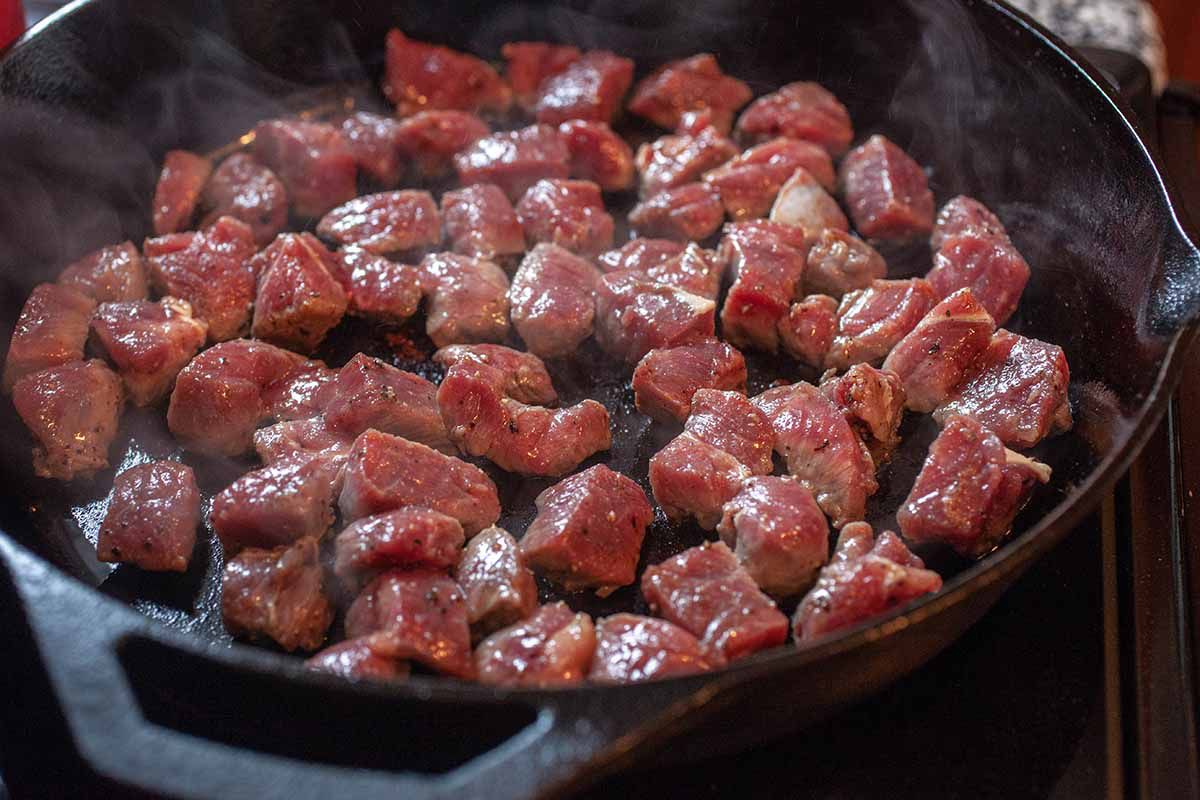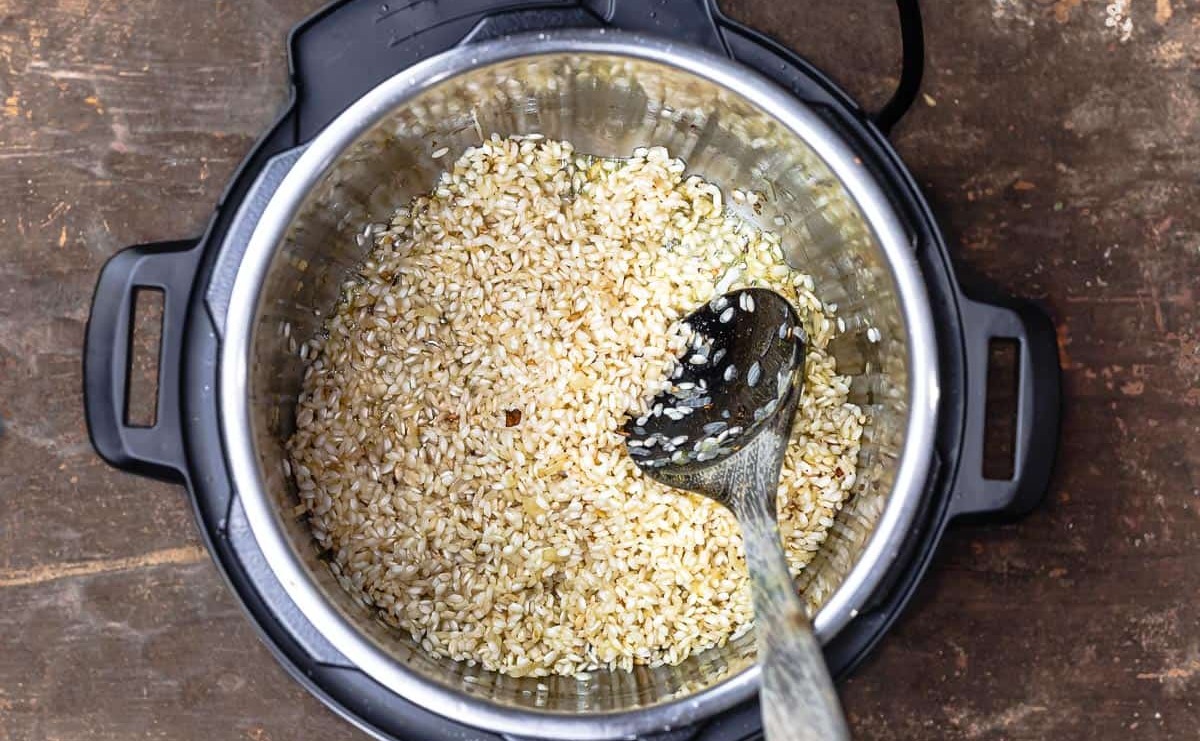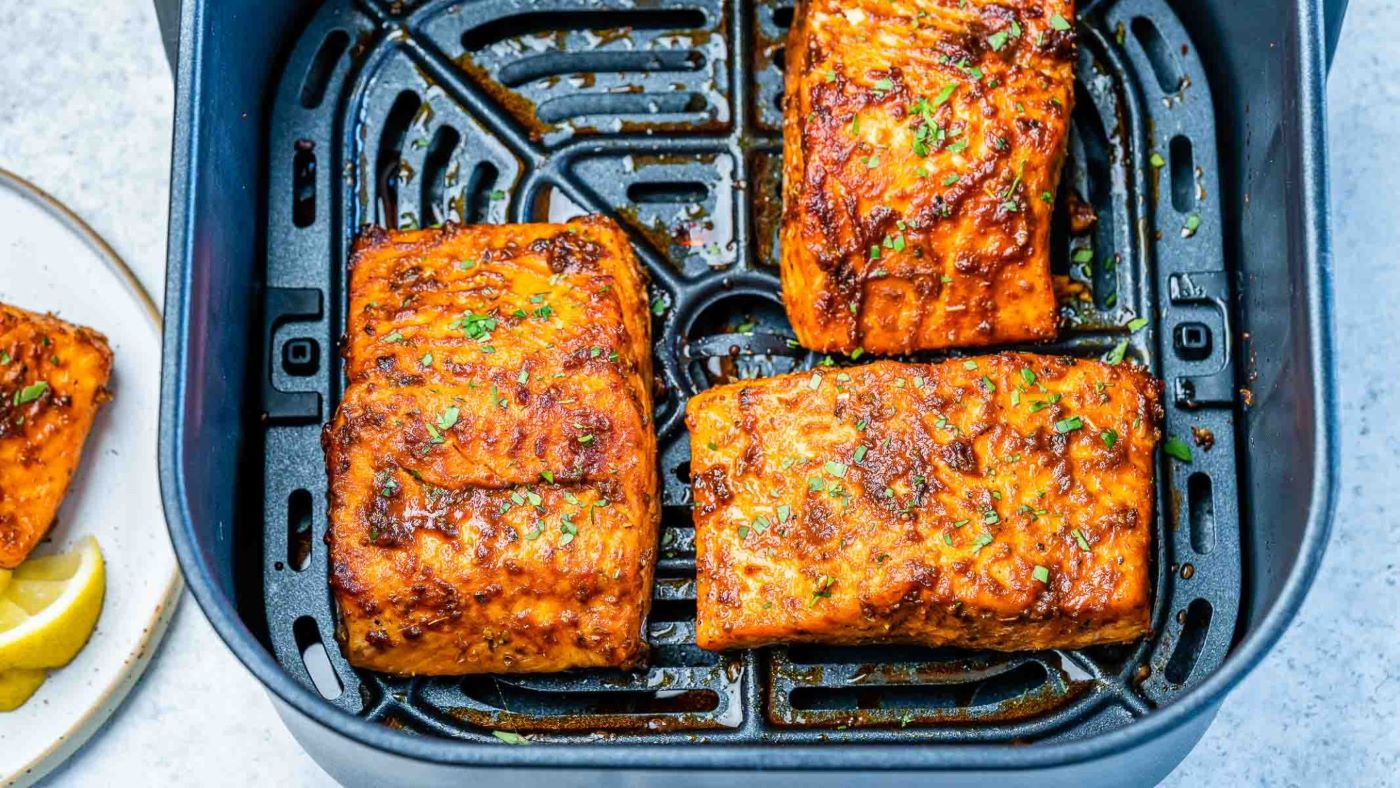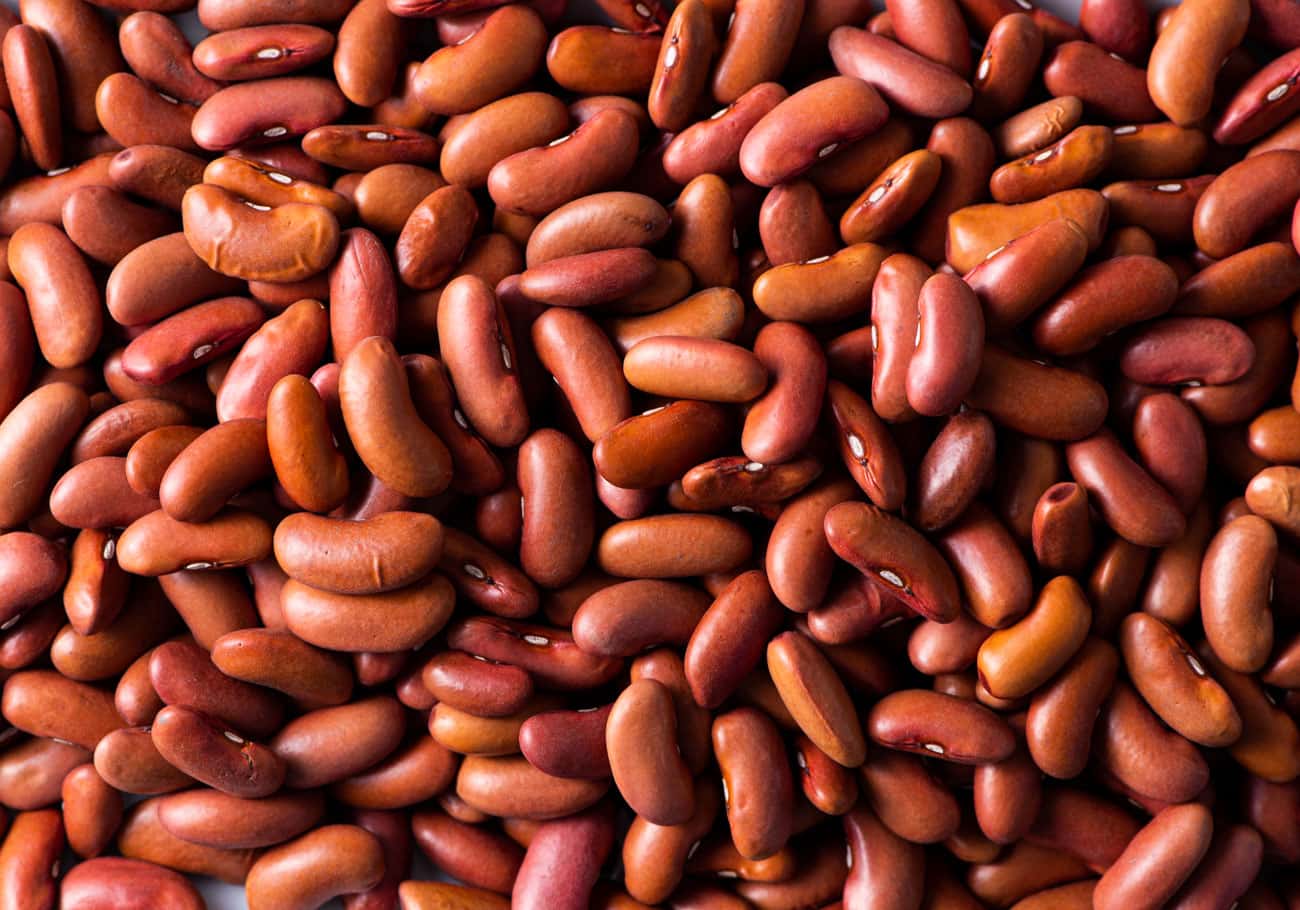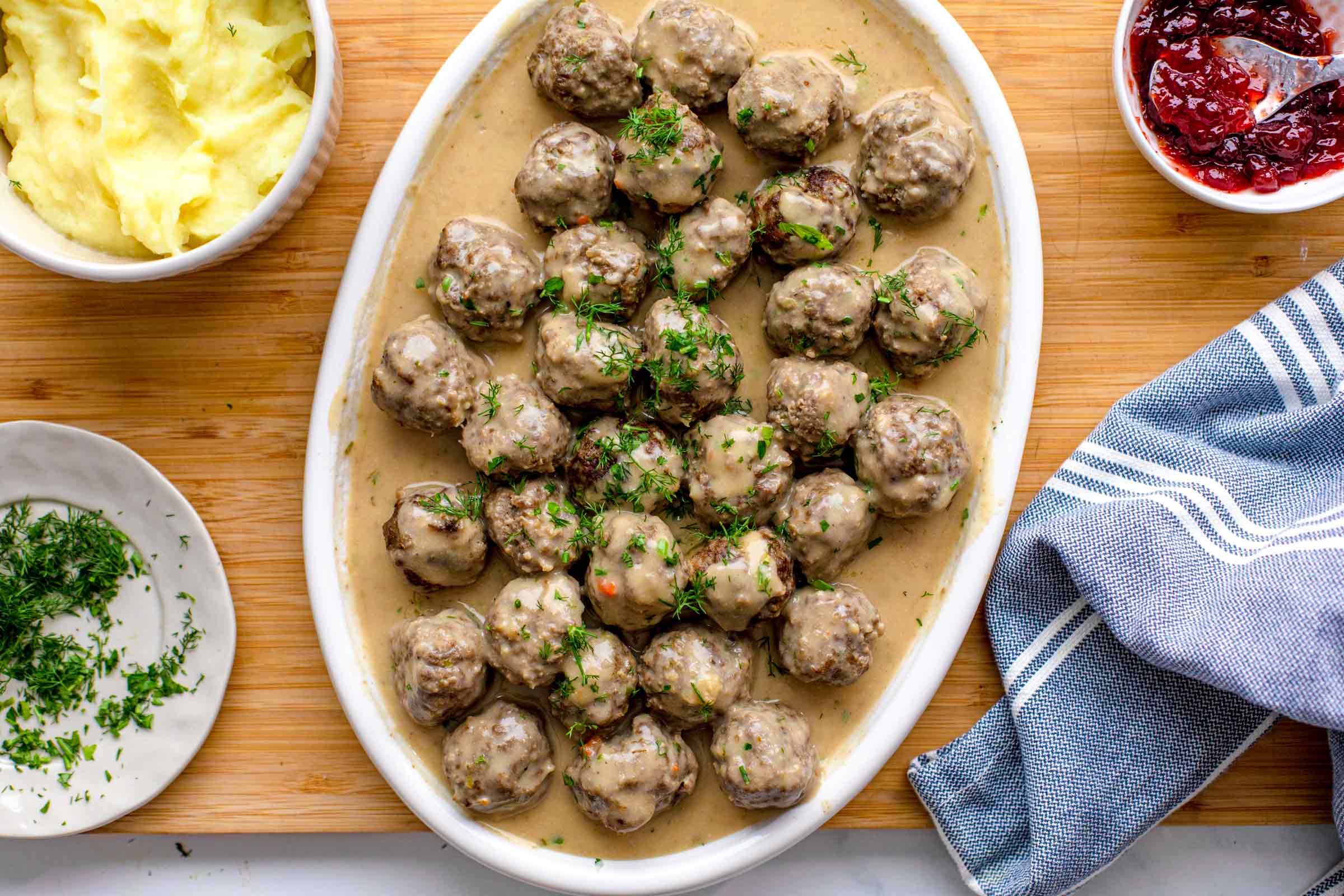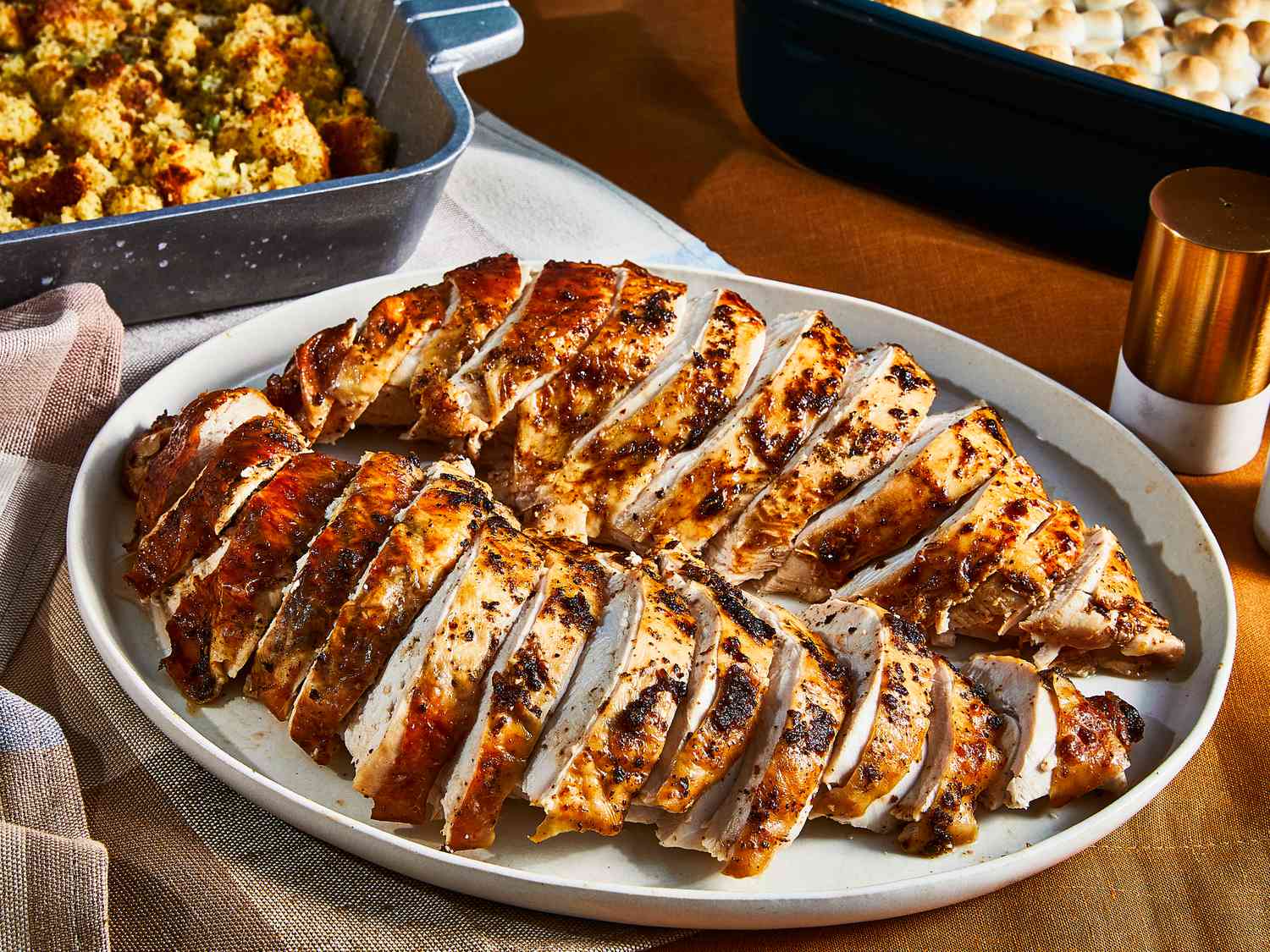Mastering the Art of Cooking a Semi Boneless Rib Roast
There’s something undeniably special about a beautifully cooked semi boneless rib roast. The tender, juicy meat combined with rich flavor is truly a feast for the senses. If you’re eager to impress your family and friends with your culinary skills, look no further. In this blog post, we’ll guide you through the process of cooking a mouthwatering semi boneless rib roast that will have everyone coming back for seconds.
Choosing the Perfect Cut
Before we delve into the cooking process, let’s start with the most crucial component – selecting the perfect semi boneless rib roast. When choosing your cut of beef, opt for a well-marbled piece with a nice fat cap on top. This ensures maximum flavor and tenderness, as the fat will melt into the meat during cooking, creating a succulent and moist roast.
- Look for a semi boneless rib roast that weighs around 4 to 6 pounds. This size is ideal for even cooking and ensures juicy results.
- Ask your local butcher to prepare a semi boneless rib roast for you, which involves removing the chine bone and feather bones while leaving the rib bones intact.
Preparing the Rib Roast
Once you have procured the perfect cut, it’s time to prepare the rib roast for cooking. Follow these steps:
- Remove the roast from the refrigerator and let it sit at room temperature for about 30 minutes. This allows for more even cooking.
- Preheat your oven to 450°F (232°C).
- Pat the meat dry with paper towels to ensure a nice sear and proper browning.
- Season the roast generously with kosher salt and freshly ground black pepper. Don’t be afraid to get your hands dirty and massage the seasoning into the meat for maximum flavor.
The Cooking Process
Now that your rib roast is perfectly seasoned, it’s time to embark on the cooking process. Follow these steps for a beautifully cooked semi boneless rib roast:
- Place the roast, fat side up, on a rack in a roasting pan. The rack elevates the meat, allowing for even browning and air circulation.
- Insert a meat thermometer into the center of the roast, avoiding contact with the bone.
- Roast the beef for about 15 minutes at 450°F (232°C) to sear the outside and lock in the juices.
- Reduce the oven temperature to 325°F (163°C) and continue cooking until the internal temperature reaches your desired doneness. Use the following guidelines for reference:
- Rare: 120°F (49°C) – 125°F (52°C)
- Medium Rare: 130°F (54°C) – 135°F (57°C)
- Medium: 140°F (60°C) – 145°F (63°C)
- Medium Well: 150°F (66°C) – 155°F (68°C)
- Well Done: 160°F (71°C) and above
- Once the rib roast reaches the desired temperature, remove it from the oven and tent it loosely with aluminum foil. Let it rest for 15-20 minutes to allow the juices to redistribute throughout the meat.
- Carve the semi boneless rib roast into thick, juicy slices and serve it up to a round of applause!
Enhancing the Flavors
While a perfectly cooked semi boneless rib roast can hold its own, you can elevate the flavors even further with a few additional touches:
- Create a flavorful crust by adding a combination of herbs and spices to the seasoning. Consider using garlic powder, dried thyme, rosemary, or even a hint of cayenne pepper for a subtle kick.
- For added richness, baste the rib roast with melted butter or olive oil during the cooking process.
- Serve your roast with a side of creamy horseradish sauce or a classic au jus for a delightful accompaniment.
With these steps and tips in mind, cooking a succulent semi boneless rib roast will become second nature to you. So gather your ingredients, preheat that oven, and get ready to impress with your culinary prowess!
For those looking to master cooking a semi boneless rib roast, there are several mouthwatering recipes to try out. The Classic Herb-Crusted Semi Boneless Rib Roast is a timeless choice that brings out the rich flavors of the meat, while the Garlic and Rosemary Infused Semi Boneless Rib Roast adds a fragrant twist. The Slow-Roasted Semi Boneless Rib Roast with Red Wine Jus offers a tender and juicy option perfect for a special dinner. For a bit of a kick, the Smoky Paprika and Garlic Semi Boneless Rib Roast is an excellent pick. If you’re in the mood for a more sophisticated taste profile, the Semi Boneless Rib Roast with Balsamic Glaze will not disappoint. Each of these recipes provides a unique take on this classic cut, ensuring there’s something to suit every palate and occasion.
Was this page helpful?
Read Next: How To Cook Frozen Ground Chicken
